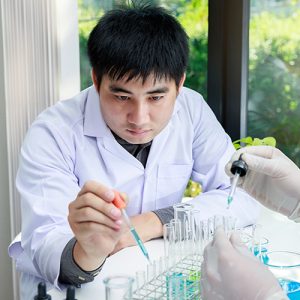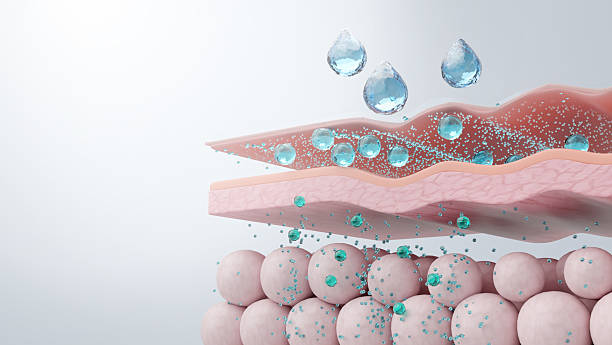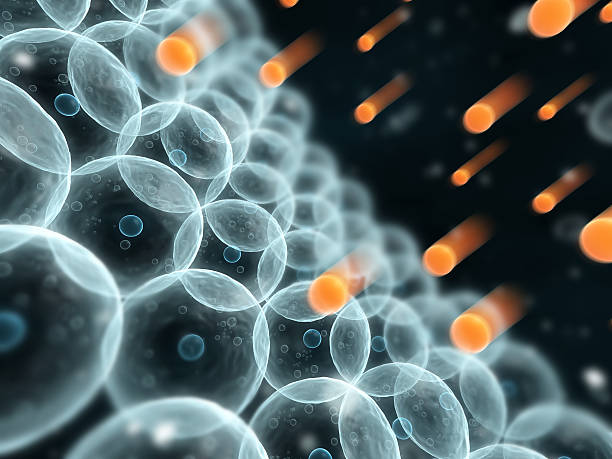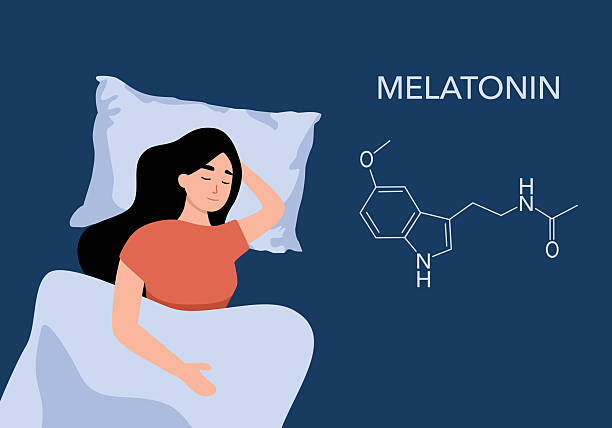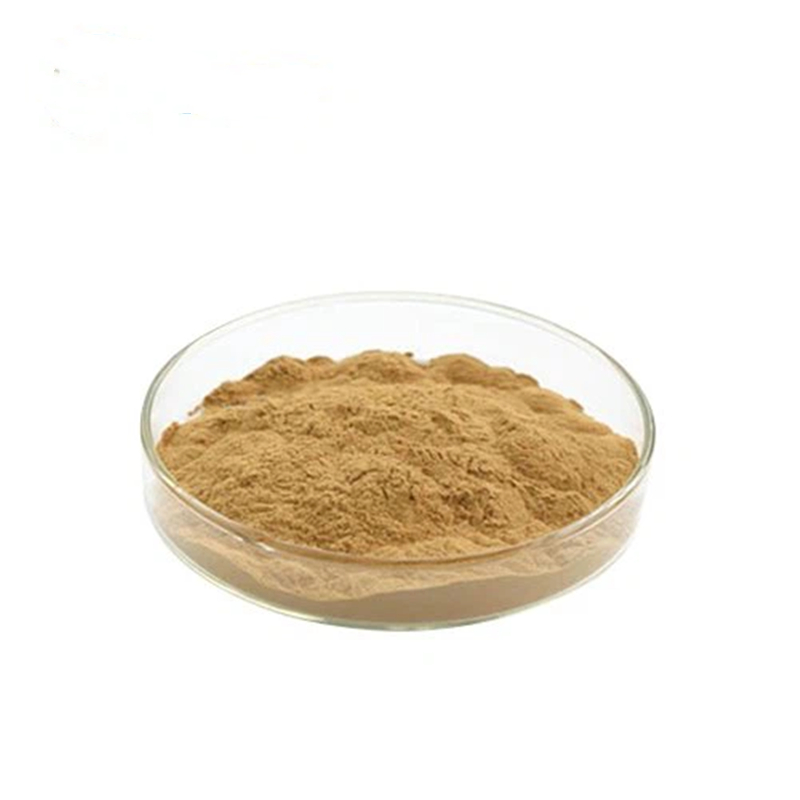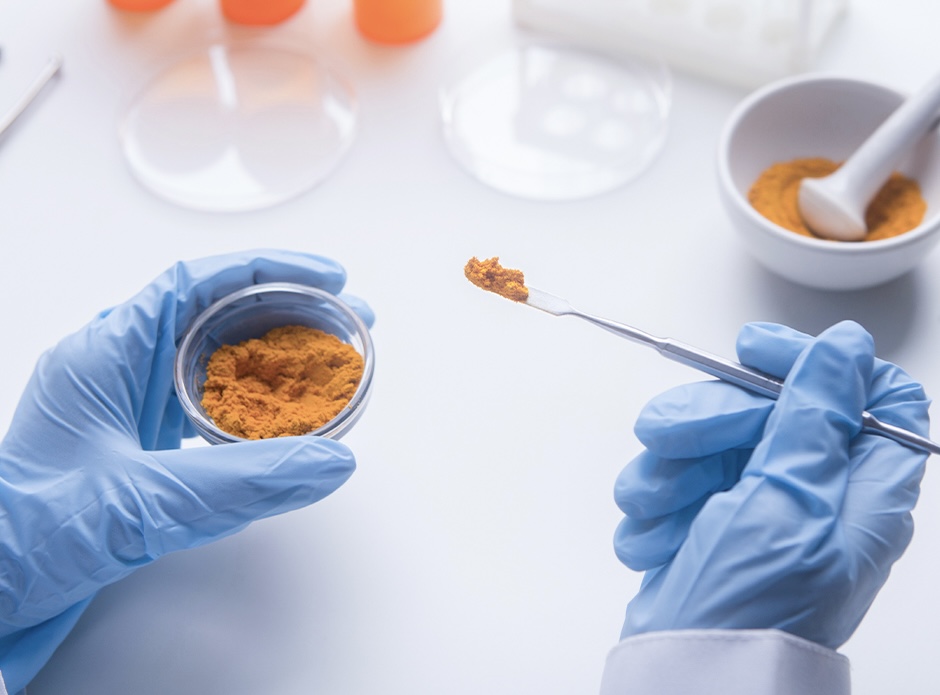What is Fisetin
Fisetin is a natural flavonoid compound extracted from sumac trees, such as the Rhus serrata (Anacardiaceae). It is also widely found in vegetables and fruits, such as strawberries, apples, onions, and cucumbers.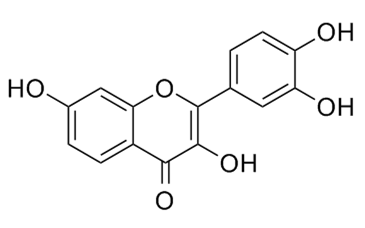
Fisetin has pharmacological properties such as antioxidant and anti-inflammatory effects, including inhibition of prostaglandin production, inhibition of total sugar reductase in rat intraocular lenses, and antispasmodic effects on mouse small intestine specimens.
Additionally, researchers from Japan and the United States have found, through animal experiments, that quercetin in vegetables and fruits helps improve memory.
Product Information
Molecular Formula: C₁₅H₁₀O₆
Molecular Weight: 286.24
CAS Number: 528-48-3
EINECS Number: 208-434-4
Appearance: Yellow needle-shaped crystals
Melting Point: 330°C (decomposition)
Solubility: Soluble in ethanol, acetone, and acetic acid; practically insoluble in water, ether, benzene, chloroform, and petroleum ether.
source
Plant source: Fisetin was first isolated and extracted from lacquer trees in 1833, and is widely present in fruits and vegetables such as strawberries, apples, grapes, cucumbers, tomatoes, onions, persimmons, as well as in legumes, lacquer trees, cypresses, and other plants.

Extraction methods: There are mainly two methods: natural extraction and chemical synthesis. Natural extraction is the process of extracting lacquer pigments from plants, such as wood fragrance and Taiwan gallnuts; Chemical synthesis is the process of obtaining quercetin through organic synthesis chemical reactions.
What does fisetin do
1. Antioxidant: Fisetin has strong antioxidant capacity, which can clear free radicals in the body, protect cells from oxidative damage, maintain mitochondrial function, and increase the level of glutathione, which is the main antioxidant in cells.
2. Anti-inflammatory: Fisetin can regulate the function of macrophages and inhibit their overactivation. In an inflammatory environment, macrophages are activated and produce a large amount of inflammatory mediators. Fisetin can reduce the release of inflammatory mediators by inhibiting the signaling pathways within macrophages.
3. Antitumor: In the early stages of tumors, it can interfere with chromosome separation and promote DNA double-strand breakage, reducing its proliferation rate, during the rapid growth phase of tumors, inhibiting urokinase plasminogen activator can reduce angiogenesis and cut off the tumor’s nutritional source, In the late stage of tumors, it can prevent tumor cells from entering the bloodstream and inhibit tumor cell metastasis.
4. Anti-aging: Fisetin can target proteins involved in the anti-apoptotic pathway in senescent cells, selectively inducing apoptosis in these cells, reducing their number, and inhibiting the onset of senescence.
In multiple animal models, fisetin has been shown to reduce the number of senescent cells in animal tissues, improve metabolic function and organ health, and extend both healthspan and overall lifespan.
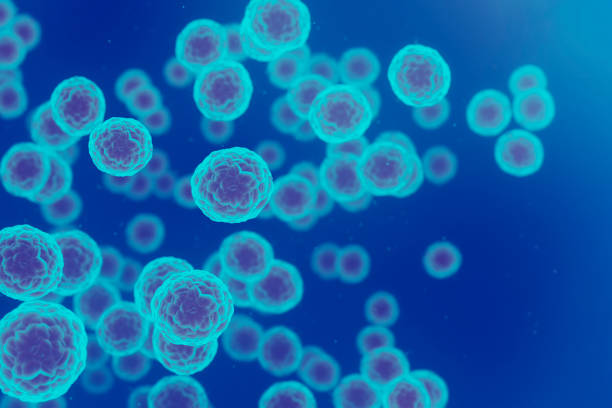
5. Neuroprotective effects: Fisetin can regulate the function of macrophages and inhibit their overactivation. In an inflammatory environment, macrophages are activated and produce a large amount of inflammatory mediators. Fisetin can reduce the release of inflammatory mediators by inhibiting the signaling pathways within macrophages.
6. Antibacterial effect: Curcumin can inhibit the growth of various bacteria, suppress the synthesis of bacterial cell walls, damage the cell membrane structure of bacteria, and kill bacteria.
It also inhibits bacterial protein synthesis, preventing bacterial growth and reproduction, and is used to treat various bacterial infections, such as pneumonia and skin infections.
7. Antiviral Effects: Fisetin can inhibit viral replication and spread, suppress viral protease activity, and block viral proteolysis, thereby inhibiting viral replication. It can also inhibit viral gene expression and halt the viral life cycle, making it useful in treating various viral infections, such as influenza and HIV.
8. Liver Protection: Fisetin can protect the liver from damage, inhibit fat accumulation in the liver, and lower blood lipid levels, thereby preventing the development of fatty liver disease.
It can also inhibit inflammatory responses in the liver and reduce liver damage, making it useful in treating various liver diseases, such as hepatitis and cirrhosis.
9. Anti-diabetic effect: Fisetin can improve the symptoms of diabetes, lower blood sugar levels, improve insulin resistance, thereby treating diabetes, and can also inhibit the occurrence of diabetic complications such as cardiovascular disease and kidney disease.
Application of Fisetin
1. Food industry
- It can be used as a natural food coloring additive to impart a yellow or brownish-yellow color to food.
- It has a certain antibacterial effect and can be used as a preservative to extend the shelf life of food.
- It is rich in vitamins and minerals and can be used as a nutritional supplement to enhance the nutritional value of food.
- It also has a certain aroma and can be used as a seasoning to enhance the flavor and taste of food.
2. Cosmetics

- It can be used as a natural hair dye to change hair color.
- It has antioxidant and anti-inflammatory properties, protecting the skin from environmental damage. It is often used as a skincare ingredient in creams, masks, and serums.
- It can also provide colors for lipsticks, lip balms, eye shadows, blushes, etc., increasing their appeal and market competitiveness.
3. Pharmaceuticals
- Widely used in antioxidant drugs;
- Potassium has certain anti-inflammatory properties and can be used in anti-inflammatory drugs, analgesics, and other medications.
- It can promote liver cell metabolism and repair, reduce liver burden, and protect liver function, and is used in some hepatoprotective drugs.
- It has potential application value in the development of anti-tumor drugs.
Market Prospects of Fisetin
Due to its diverse biological activities and pharmacological effects, Fisetin has broad application prospects in food, cosmetics, and pharmaceuticals.
In the food sector, Fisetin can be used as a natural pigment, enhancing the color and nutritional value of foods. In cosmetics, Fisetin can be used as an antioxidant and anti-inflammatory agent, protecting the skin from oxidative damage and inflammatory reactions. In the pharmaceutical field, Fisetin can be used as an adjunct therapeutic agent in anti-tumor, anti-inflammatory, and antioxidant drugs, enhancing their efficacy and safety.
However, research on Fisetin is still in its early stages. Further research into its mechanism of action, optimization of extraction processes, and development of novel formulations are needed to achieve its widespread application.

